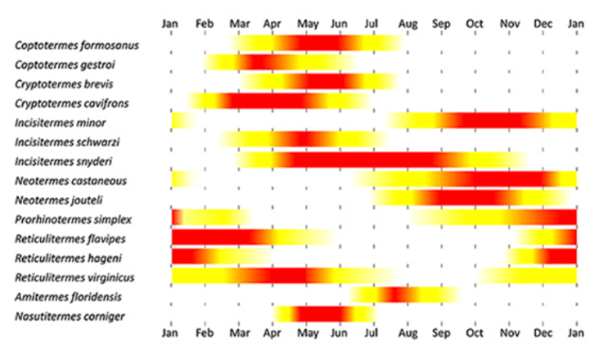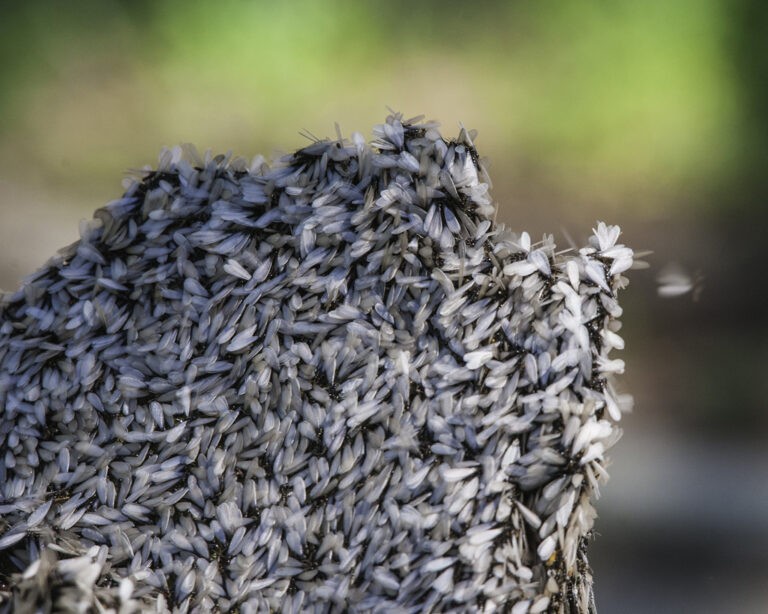
Different types of termites exist, and it is important to know how to differentiate them from one another in order to better react during their extermination. First and foremost, termites are categorized into 3 distinct castes: the soldiers – which protect their colony, the workers – which eat the wood and feed the rest of the colony, and the reproductives – which have wings and fly away to find a mate and create a new colony.
How to differentiate winged termites (or alates) from flying ants?
People often mistake flying ants for winged termites (also called alates or swarmers). These termites are the only ones with wings, and they leave their nest once a year to find a mate to start a brand new colony, however, their wings break off once they find a new area for the new colony. The swarming period depends on the termite species, the State you live in, and the weather.
Even though flying ants and alates can look very similar, there are some differences. When you look closely, ants have a quite thin and narrow waist whereas termites have a large one. Additionally, termites’ antennae are rather straight compared to ants’ elbowed antennae, and termites have two pairs of even-sized wings, to ants’ wings are of unequal size.
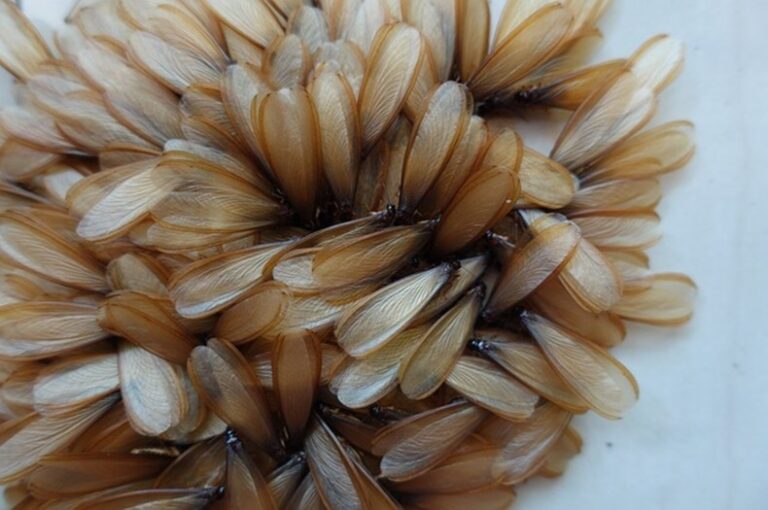
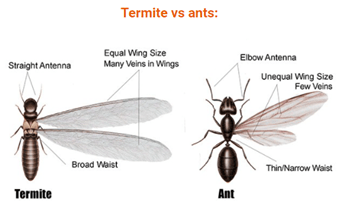
How do termites spread?
Termites spread during swarming season, when alates leave their nest to mate with other alates. Within a few days, termites can spread about 1 block from the epicenter in every direction. They start their new colony by establishing a convenient setting. They spread when looking for wood, as they eat wooden structures and build tunnels through them. Termites are always looking for food and feed themselves with any product that contains cellulose such as furniture, boxes, books, etc. Subterranean termite tunnels are found in the foundations and walls of houses. You may also notice mud trails from the construction of tunnels, one of the top signs that subterranean termites are invading your home.
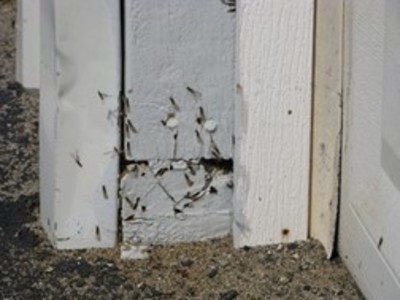
The different swarming seasons according to termite species
Depending on the termite species, the swarming seasons differ. For subterranean termites, their swarming season begins in the spring. Dampwood termites swarm during the summer and drywood termites swarm during the late summer or early fall. Swarming seasons happen when temperatures are warm, so it depends on the State you live in, and of course the termite species.
How to detect termites in your home
As previously mentioned, subterranean termites leave trails of mud, found behind your walls, in cracks in door jambs or walls, and the wood may sound hollow when you tap on it since termites consume wood cellulose from the inside out. You can also find holes in the wood, or even hear noises in your walls, which means that the termites are eating their way through the wood. What’s more, during the swarming season when alates leave their nest looking for another one to create a new colony, they break off their wings. So, it is highly possible to find wings inside or outside your home. Look for these signs and contact a pest control professional as soon as possible to avoid any costly damage and to get rid of termites.
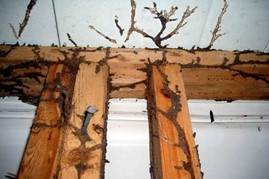
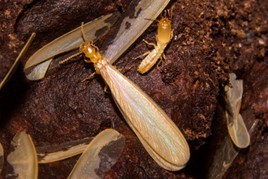
How to protect your house from termites
When they are looking for a new nest to create a new colony, termites search for a humid environment. For this reason, you should avoid any humidity or moisture around your home, otherwise they will be drawn to the humidity and settle down. The moisture can come from a pipe leak, or damaged gutters which should be fixed ASAP. Avoid storing any wood – firewood, lumber, cardboard, newspapers – along your house, because termites are attracted to lumber and feed themselves with this material. Another tip to protect your house from termites, is to have an annual pest inspection by professionals, to keep your home safe and clean from any termite invasion.
